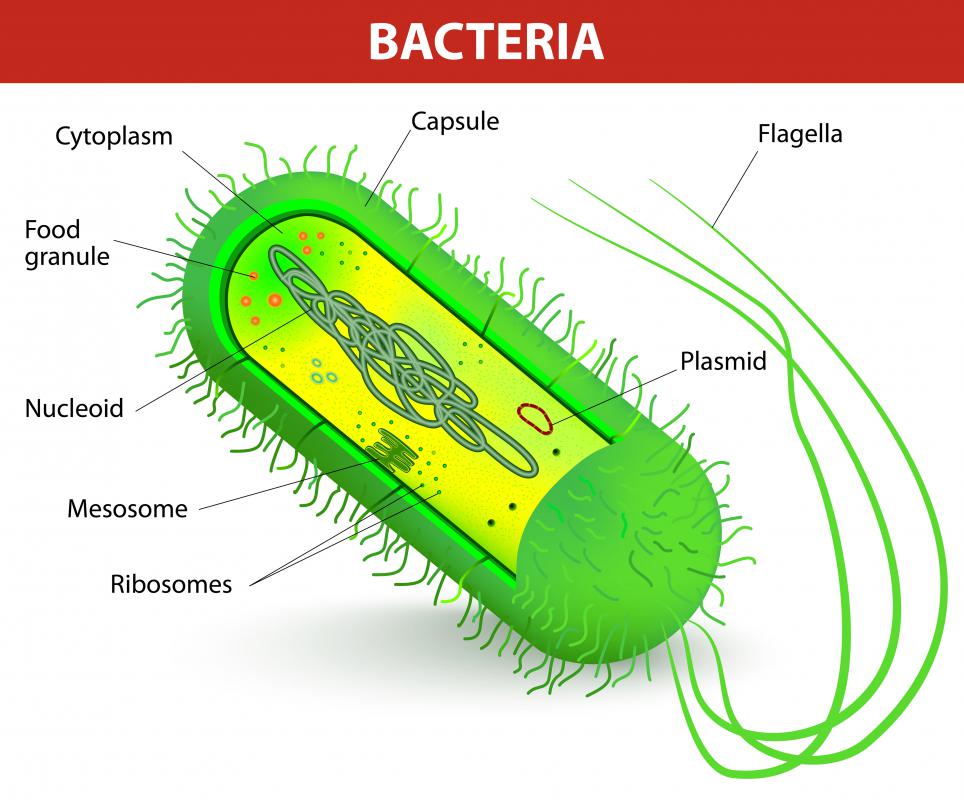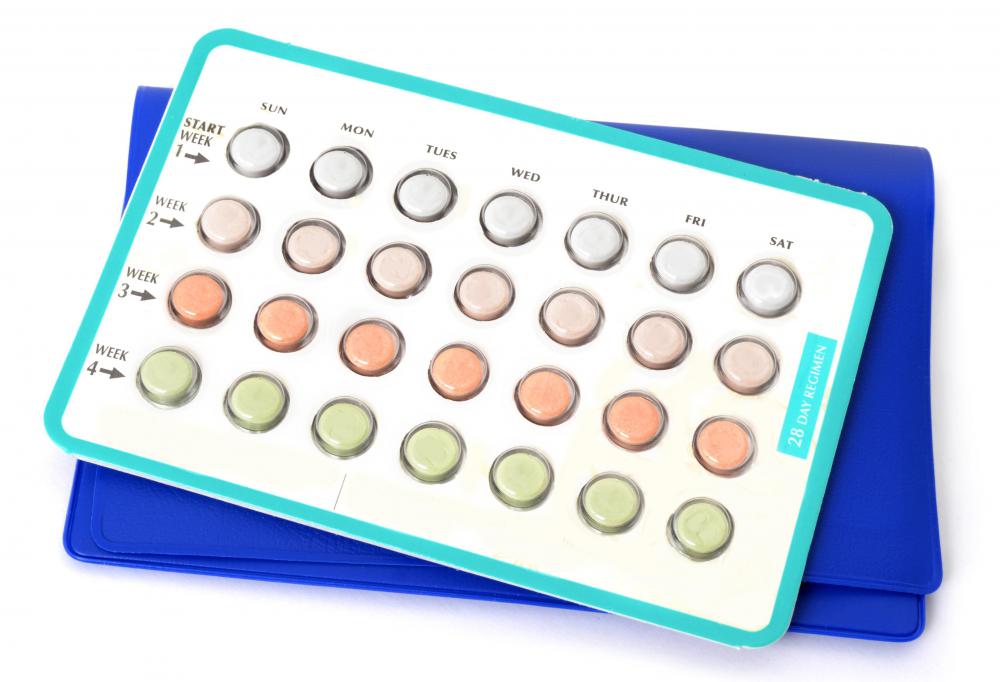At WiseGEEK, we're committed to delivering accurate, trustworthy information. Our expert-authored content is rigorously fact-checked and sourced from credible authorities. Discover how we uphold the highest standards in providing you with reliable knowledge.
What Is Minimum Bactericidal Concentration?
Minimum bactericidal concentration (MBC) usually relates to antibiotics. It is a measure of how much of a particular antibiotic is required to kill bacteria. Laboratory analysts can assess the MBC of a drug on a bacterial infection to aid a doctor in treating a patient.
Antibiotics are drugs that adversely affect bacteria. Certain bacterial species are susceptible to certain antibiotics, but a doctor may not know which dose of the antibiotic is appropriate, or he or she may not know if the infection is treatable by the antibiotic. A low dose of the drug may inhibit the growth of the bacteria and therefore stop the infection from getting worse. This dose concentration is called the minimum inhibitory concentration (MIC). A dose of antibiotic at the MIC concentration does not kill the bacteria already present.

On the other hand, the minimum bactericidal concentration is the concentration at which the antibiotic kills the bacteria. This information is useful to a doctor, who may not want to expose his or her patient to unnecessary levels of drugs in case of side effects. A known minimum bactericidal concentration can also lead to a shorter course of antibiotics.

Bacteriostatic antibiotics are those that typically inhibit further growth of bacteria, and drugs that usually kill bacteria at the normal dose are called bactericidal. Drugs that are bacteriostatic usually have an MIC that is much less than the MBC, and bactericidal drugs generally have a similar MIC and MBC. Both MIC and MBC can be determined in the laboratory, although many antibiotics have known MBCs expressed in the manufacturers' recommended dosages, which doctors can use to treat patients.

A common lab method for figuring out MIC for a particular bacterial strain uses test tubes and a bacterial culture. A series of tubes receive a nutrient broth base. Then, a microbiologist makes dilutions of an antibiotic, each one more dilute than the one before. He or she places individual dilutions into the tubes and adds samples of the bacteria causing the infection.

After the solutions incubate in a controlled and heated environment for a specified amount of time, the analyst inspects each tube. The MIC of the antibiotic is the tube holding the lowest dilution of the drug that shows no bacterial growth. To figure out the minimum bactericidal concentration, the analyst can then place a sample from the inhibited tubes onto growth medium. The MBC of the antibiotic is represented by the lowest dilution that does not show any growth on the agar plate.
AS FEATURED ON:
AS FEATURED ON:















Discussion Comments
@Mor - Well, the thing is, many bacteria are everywhere, pretty much all the time. Very few of them are actually harmful to humans. Killing them is a complex task, made more complex by the fact that if you do it wrong, you can eventually create super-bugs and no one wants that.
So, doctors and soap makers alike, have to balance the fact that they want to kill specific bacteria, without leaving enough left over to create super-bugs, with the fact that what they are using to do so may also be harmful to people in higher doses.
It's a tough call and unfortunately, I suspect we are getting it wrong a lot of the time right now.
Minimal bactericidal concentration is also shown whenever they put that disclaimer/promotion on TV advertisements about disinfectants in soap. They usually kill something like 99% of bacteria, which, if you realize how many bacteria you have on your skin at any one time, actually leaves quite a few behind.
I guess they can't concentrate the soap any more or they could risk harming your skin.
Post your comments